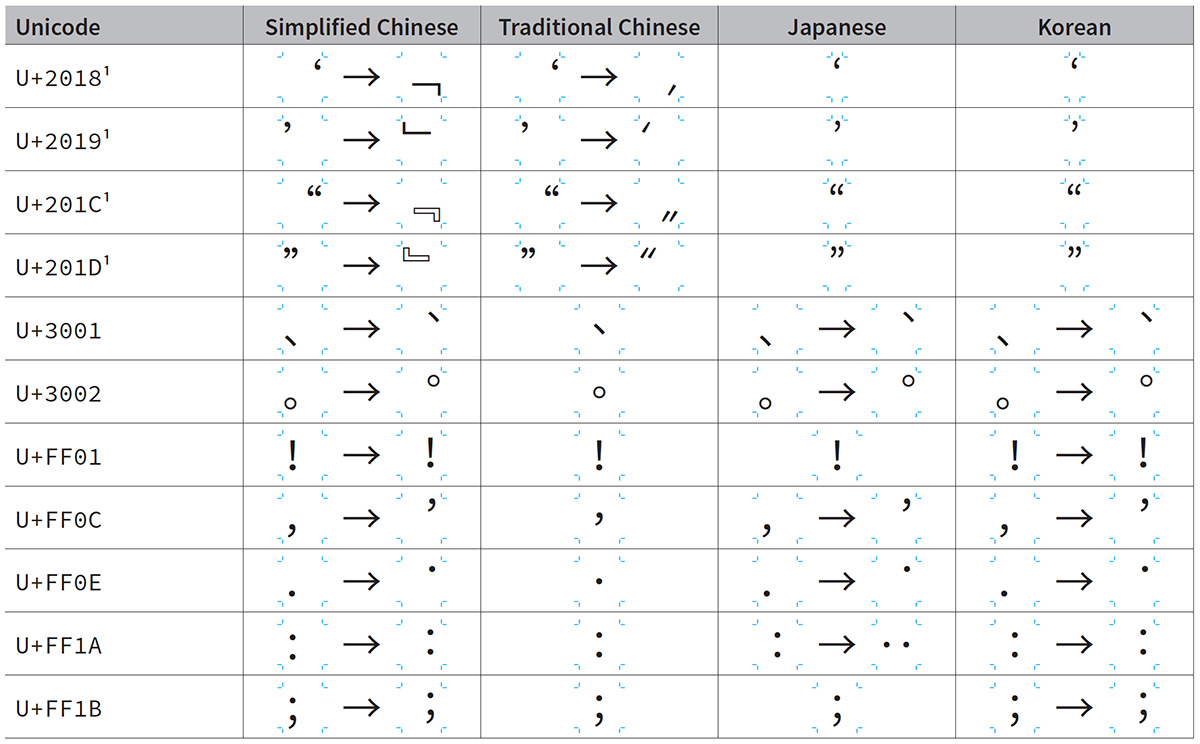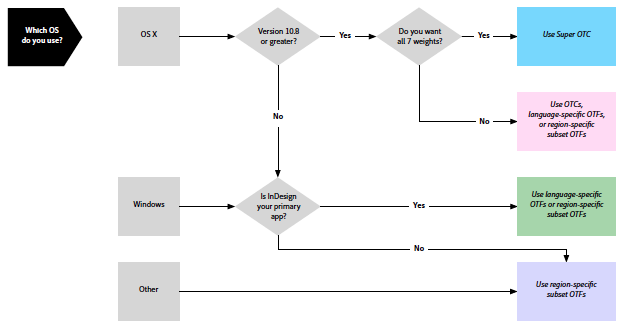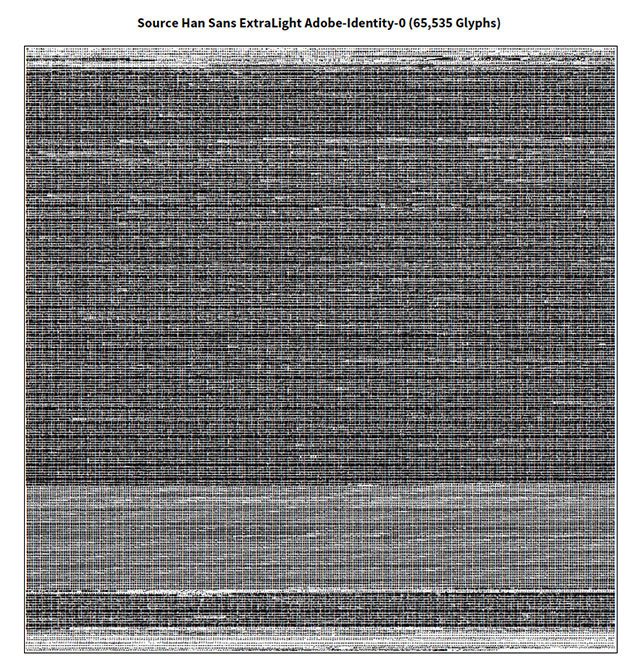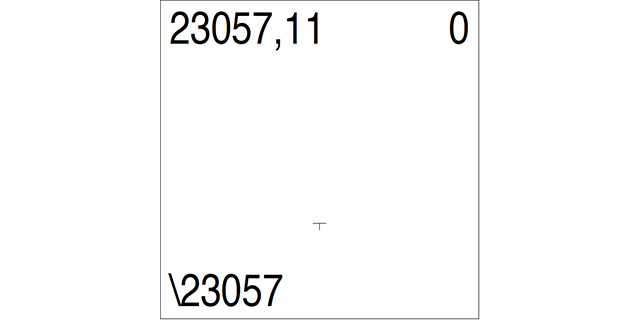[For those who are interested in reading my own release notes for the Adobe-Japan1-6 UTF-32 CMap resource history, which includes the non-JIS2004 ones, I made them available here on January 20, 2016.]
I was recently asked, indirectly via Twitter, about changes and additions that were made to our JIS2004-savvy CMap resources, specifically UniJIS2004-UTF32-H and UniJISX02132004-UTF32-H. The former also includes UTF-8 (UniJIS2004-UTF8-H) and UTF-16 (UniJIS2004-UTF16-H) versions that are kept in sync with the master UTF-32 version by being automagically generated by the CMap resource compiler (and decompiler), cmap-tool.pl, which I developed years ago.
Of course, all of these CMap resources also have vertical versions that use a “V” at the end of their names in lieu of the “H,” but in the context of OpenType font development, the vertical CMap resources are virtually unused and worthless because it is considered much better practice to explicitly define a ‘vert‘ GSUB feature for handling vertical substitution. In the absence of an explicit definition, the AFDKO makeotf tool will synthesize a ‘vert’ GSUB feature by using the corresponding vertical CMap resources.
With all that being said, what follows in this article is a complete history of these two CMap resources, which also assign dates, and sometimes notes, to each version.
Continue reading…







